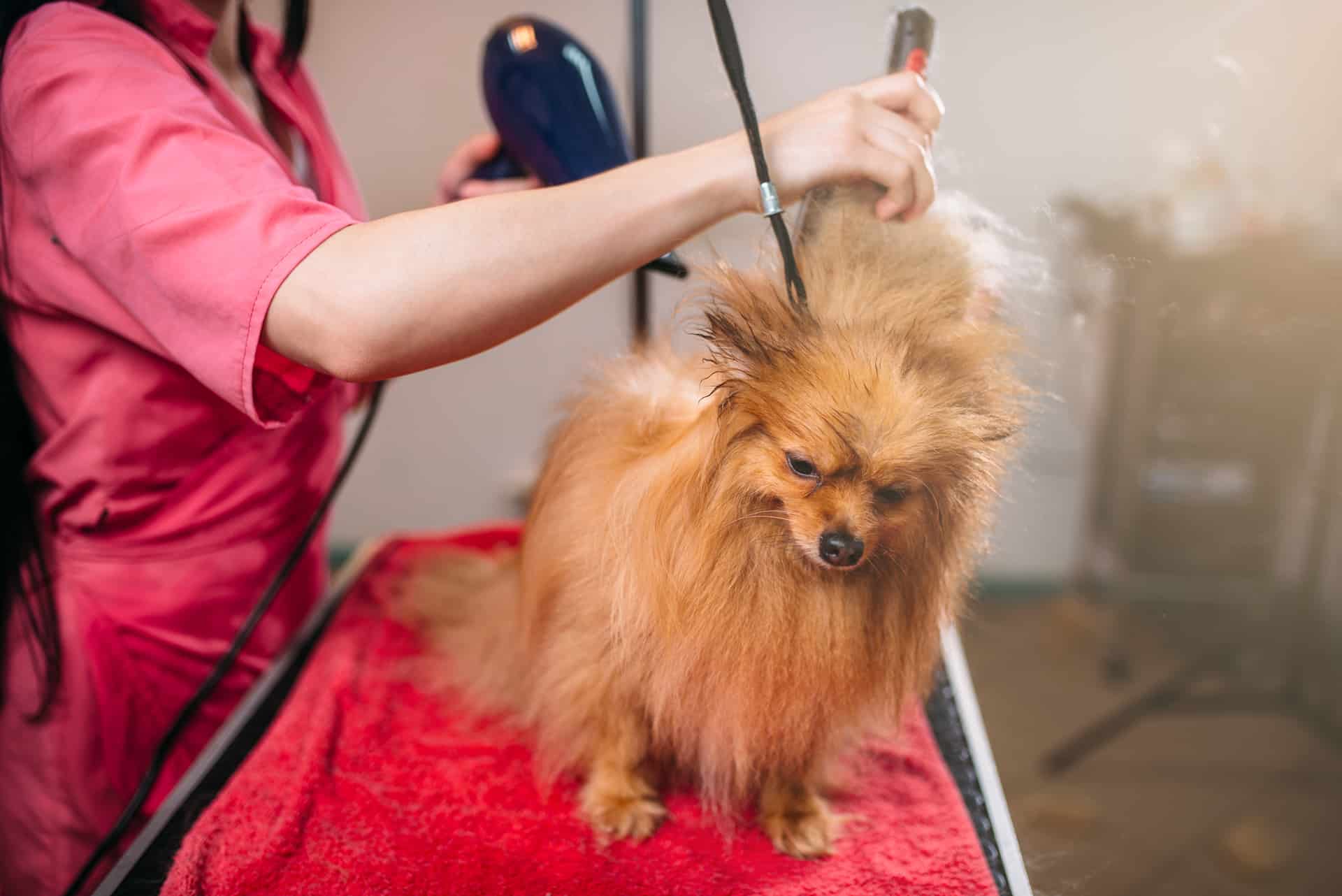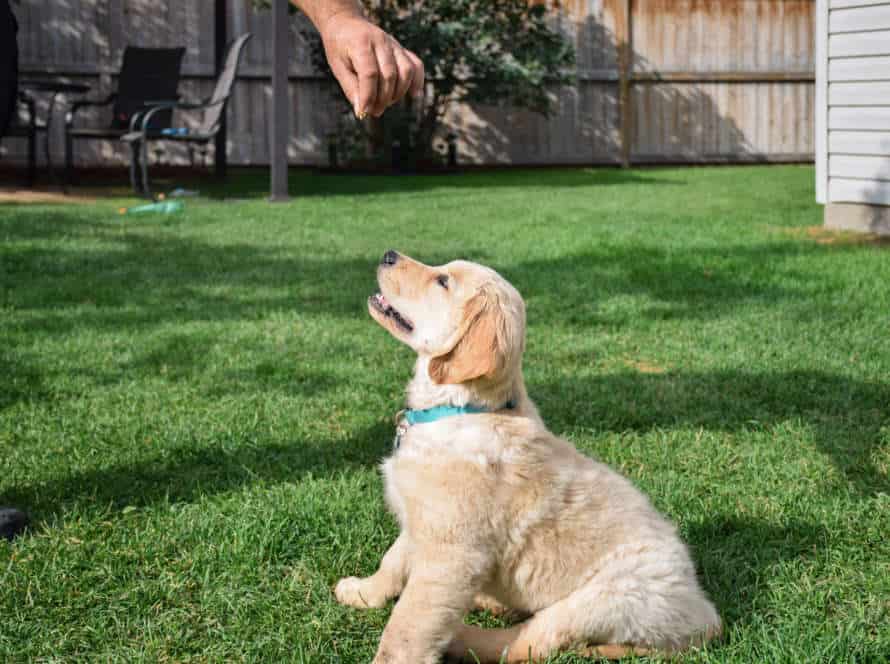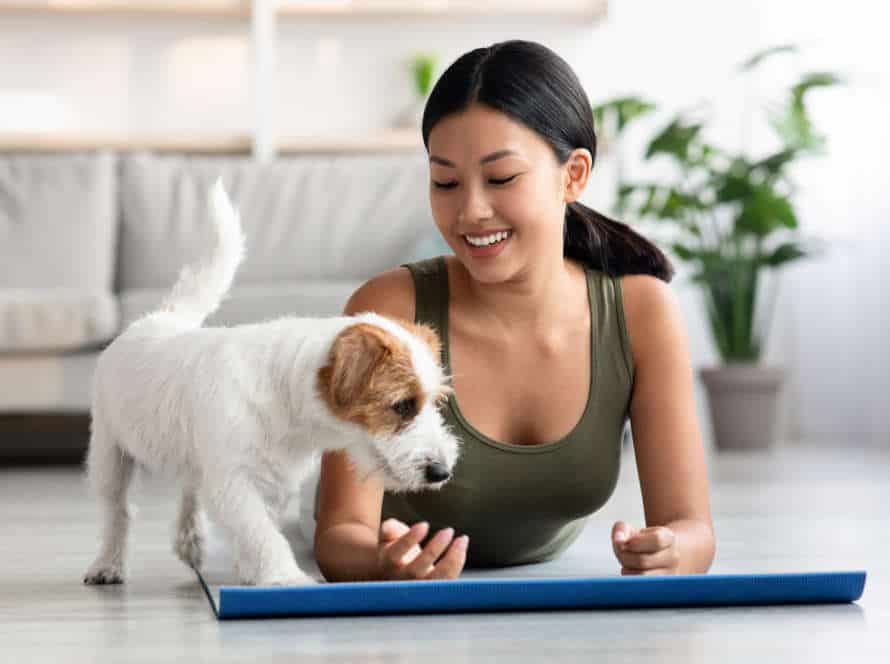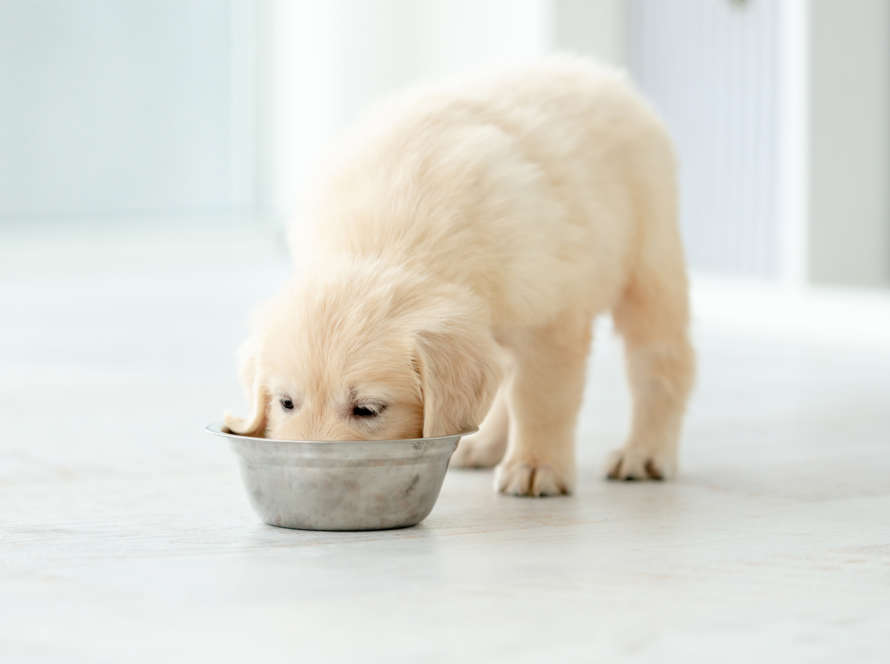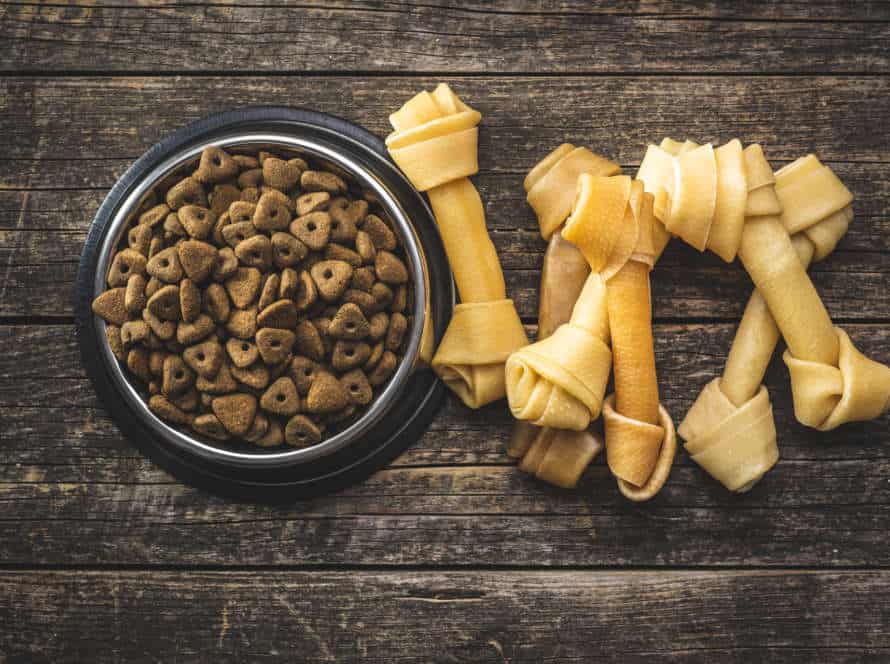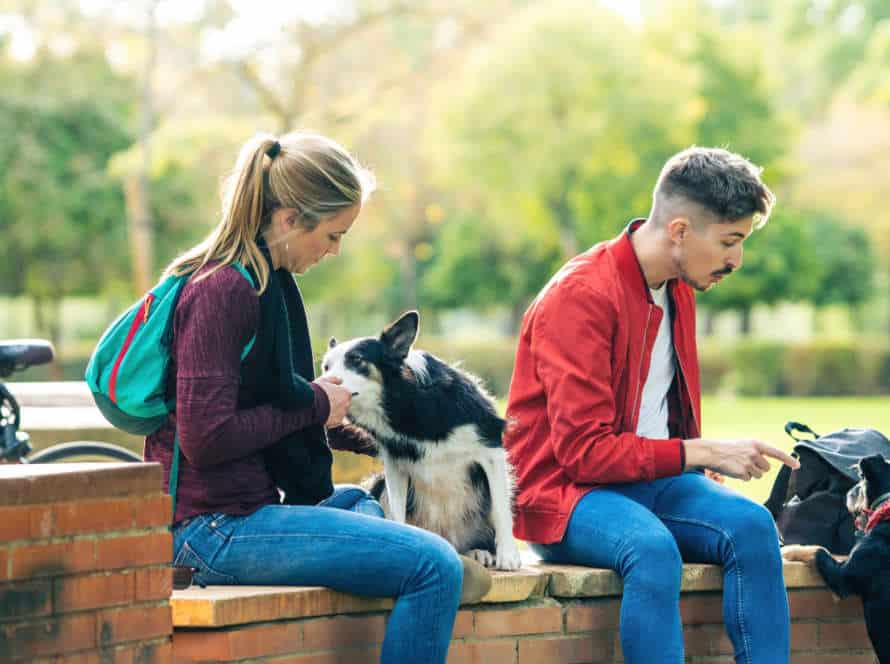A Step-by-Step Guide to Grooming Your Adult Dog
Grooming your adult pup is vital for hygiene and wellness. Here’s a guide to help you groom your pup at home:
- Brush the coat. Use a slicker brush or comb to remove tangles and mats.
- Trim nails. Be mindful of not cutting the quick with a pet nail clipper.
- Clean ears. Use a cotton ball or soft cloth – not a swab – to clean.
- Brush teeth. Use a toothbrush and pet-friendly toothpaste. This prevents gum diseases and bad breath.
- Bathe. Use mild, pup-specific shampoo and rinse thoroughly.
- Dry. Towel dry them off, then use a cool setting hairdryer.
Grooming helps spot health issues and keeps your pooch healthy and clean.
Pro Tip: Reward your pup with treats and praise during grooming to make it more enjoyable and build positive associations.
Preparing for Grooming
Grooming your adult pup? It’s essential for their wellbeing! Get ready for the session with these steps:
- Ensure both you and your pup are comfy and safe.
- Gather all the supplies.
- Brush your dog’s fur.
- Give them a bath.
- Dry them off.
- Finally, clip their nails.
Now, you’re all set for the grooming session!
Gather necessary grooming tools
Grooming your adult dog is important for their wellbeing. Get everything you need before getting started. Here’s the list of items:
- A brush or comb: Remove lose hair, tangles, and mats.
- Dog shampoo and conditioner: To clean and condition fur and skin.
- Towels: To dry coat after washing.
- Nail clippers: To trim nails.
- Styptic powder: In case you cut nails too short.
- Ear cleaner and cotton swabs: To clean ears and remove wax.
- Toothbrush and toothpaste: To clean teeth and avoid dental problems.
Gather the tools and give your pup a healthy grooming session!
Choose a well-lit, comfortable area for grooming
Before you start grooming your doggy, you must find a bright and cozy area. To make it easy, here are the steps:
- Pick a room with lots of light, natural is best, so you can see your dog’s coat better.
- Put down a non-slip surface, like a rubber mat. This will stop accidents which might happen if your pup moves around too much.
- Put your grooming tools nearby. This way you won’t have to leave your pet alone to get them.
- Have a bowl of water and treats close by. This will make the process enjoyable for your pet.
- Make sure the temperature is just right, neither too hot nor too cold.
Pro Tip: Establish a grooming routine and stay with it. This will help your dog get used to the process, making it easier in the future.
Handle your dog to remove any anxiety
Dogs can be anxious whilst being groomed. But don’t worry, there are ways to reduce stress and make the experience comfier for your pup. Here’s how to manage your dog and prep them for grooming:
- Be relaxed and cheerful to reassure your pup and ease their fear.
- Gently touch your dog in different areas, to help them get used to being touched during grooming.
- Use treats and compliments to reward them for behaving well during grooming.
- To avoid tangles and mats, regularly brush and comb your dog’s fur.
- Introduce grooming tools like clippers and nail trimmers slowly, and use treats and positive reinforcement to make them feel comfy with them.
By following these steps and taking care of your pup during grooming, you’ll help make sure they have a stress-free experience.
Brushing Your Dog
Brushing your adult dog is essential to their grooming. It detangles knots and mats, and removes dead fur. Plus, it keeps their coat shiny and healthy! Here’s what you need to know about brushing your dog: tools and process.
Choose the correct brush for your dog’s coat type
Choosing the right brush for your pup’s coat type is key to a healthy and glossy coat. Different coat types require different brushes. Here’s a guide:
- Short Coat? Use a soft-bristled brush or rubber mitt to remove fur and dirt.
- Long Coat? Slicker brush for tangles and mats. Plus, a pin brush to remove debris and add shine.
- Double Coat? An undercoat rake for loose fur. Plus, a slicker brush for tangles in the topcoat.
- Curly Coat? Slicker brush or wide-tooth comb for tangles.
Regular brushing ensures a shiny coat and distributes natural oils throughout the skin and coat, making it clean and healthy.
Brush from head to tail
Brushing your pup is key for proper grooming and keeping their health in check. Follow these steps for brushing from head to tail like a pro:
- Get a brush or comb suitable for your dog’s breed and coat type. Use a slicker brush for long-haired breeds and a bristle brush for those with short fur.
- Begin with the head and face. Go easy on the eyes, ears, and nose.
- Move down to the neck and chest, brushing in the direction of the fur.
- Keep going to the body and legs, being thorough and giving extra attention to mats or tangles.
- Finish on the tail, being gentle at the base and avoiding any knots. Pro tip: Give your pup treats and lots of praise during and after the grooming session.
Brush and check the ears, eyes, and paws
Brushing your pooch is part of their grooming routine. It keeps the coat shiny and healthy! When brushing, check their ears, eyes, and paws. Here’s a step-by-step guide:
- Gather the necessary tools: brush, comb, scissors to trim mats.
- Start with chest and stomach, brushing in the direction of fur growth. Then, do their legs and back.
- Use a comb to work through tangles or mats gently.
- Check ears for redness, swelling, or discharge. Use cotton ball or damp cloth to clean outer ear.
- Check eyes for redness, discharge, or cloudiness. Wipe away any crust or debris gently.
- Check paws for cuts, cracks, or foreign objects, like thorns or pebbles. Clean thoroughly, including between the toes.
Regular brushing and grooming keeps your pup healthy and happy!
Bathing Your Dog
Bathing your adult pooch is essential for his grooming. It keeps him looking and smelling fresh, while also getting rid of dirt and debris which can cause skin issues. Plus the natural oils in his coat will stay balanced and his coat will stay healthy and glossy.
Before you start bathing him, you need to consider a few things:
Gather necessary bathing supplies
Gather all these items before you start bathing your pup:
- Dog shampoo for the coat type and skin condition.
- Towels for drying off.
- Non-slip mat for traction.
- Brush to remove tangles or mats.
- Cotton balls to stop water entering ears.
- Treats as positive reinforcement.
Got them all? Now, you and your furry friend can have a relaxed bath!
Brush your dog before bathing
Brushing your pup before bathing is essential for a smooth grooming experience and a healthy coat. It gets rid of tangles and mats, spreads natural oils, and gets rid of dirt and other stuff before the bath. Here’s how to do it right:
- Pick the brush that’s right for your pup’s coat type.
- Gently use long strokes to take out knots and mats, starting at the bottom and working your way up.
- Be super gentle around delicate areas like the face, ears, and tummy.
- Use a comb for any tangles and mats left.
- Do a final check for anything foreign like sticks or burrs.
With pre-bath brushing, most of the dirt and debris from the last grooming session will be gone. This makes the bath more pleasant and effective for your pup!
Clean the face, ears, and paws separately
When giving your pup a bath, it’s important to clean the face, ears and paws separately. This’ll keep ’em free from dirt and debris. Here’s a step-by-step guide:
- Brush the coat before bathing – this will get rid of tangles and mats.
- Use lukewarm water and a gentle dog shampoo. Soak their coat thoroughly.
- Clean the face with a damp washcloth or a face wash made for dogs. Avoid getting soap or water in their eyes or nose.
- Clean the ears using a cotton ball and a gentle cleaning solution. This prevents ear infections.
- Move to the paws. Use shampoo or soap, and rinse off well.
- Lather up the rest of the body (but not the face, ears and paws).
- Rinse with lukewarm water.
- Dry your pup with a clean towel. Get rid of excess water from the fur.
Pro tip: A high-quality conditioner will make their coat soft and shiny.
Drying and Trimming Your Dog
Once you’ve bathed your adult pup, it’s important to make sure they’re dried off properly. Drying will help get rid of extra water from their coat, and reduce any skin irritations caused by moisture. Plus, you’ll be able to see the areas you’ll be trimming better. This guide will show you how to dry and trim an adult dog properly.
Use a towel to remove excess water
Drying your pup after a bath can be tough – especially if they have a thick coat. But, using a towel is an easy way to make sure they’re dry and comfy. Here’s how:
- Lay a big absorbent towel on flat surface.
- Put your dog on the towel and lightly press down to help the water be absorbed.
- Use another towel to pat down the coat and get rid of extra water.
- If your pup has long fur, use a cool-setting blow dryer, but keep it at least 6 inches away from their skin.
- Once they’re dry, use scissors or clippers to trim any areas with extra fur – especially around the paws, face, and ears. This’ll help keep their coat from matting and tangling.
Use a hair dryer to fully dry your dog’s coat
A hair dryer can be great for drying your pup’s coat – especially if it’s thick or they don’t like towels. Here’s how to do it:
- Get a hair dryer with adjustable heat and speed.
- Brush out the fur to get rid of any extra water and tangles.
- Turn it on and start at your dog’s head, then go down and out. Don’t blow into their eyes, nose or ears.
- Start with the lowest setting and increase as needed.
- Move the dryer in a back-and-forth motion, using one hand to guide the air flow and the other to hold and fluff your dog’s fur.
- Keep a close watch on your pup and give them breaks to prevent overheating.
Pro Tip: To make it more enjoyable, let your dog sniff and investigate the dryer when it’s off. Then, turn it on at a low setting and gradually increase the intensity.
Trim your dog’s nails and hair, if necessary
Trimming your pup’s hair and nails is a must for their health and hygiene. Here’s how:
- Nail Trimming:
1. Get your pup comfortable and hold their paw.
2. Use a sharp trimmer to clip the tip of their nail where it curves.
3. Cut the nail, not the pink area inside – that has blood vessels.
4. If you cut the quick, use styptic powder to stop the bleeding. - Hair Trimming:
1. Brush fur for tangles or mats.
2. Use clippers or scissors to trim fur around eyes, ears, paws, and anus.
3. Cut the hair at a 45-degree angle for a natural look.
4. Trim slowly and carefully – no sudden movements!
Pro Tip: Make it a positive experience with treats and praise!
Finishing Touches
Groom the adult dog. Get everything perfect! Make the finishing touches – trim the nails, brush the fur and make the coat shiny and soft. All these steps are vital for a healthy, groomed dog.
Apply a finishing spray or dog cologne
Once you’ve groomed your grown-up pup, add a finishing spray or pooch cologne for a freshness boost and a nice aroma. Here’s how to use it:
- Select a spray or cologne made for dogs.
- Hold the bottle about 6 inches from your pup’s fur.
- Evenly spritz a light mist on their body but avoid their face.
- Brush the coat again to spread the spray and get a glossy finish.
- Be careful not to overdo it with the spray or cologne, as pooches have delicate noses and can easily be overpowered by strong smells.
Pro tip: Look for sprays or colognes that also contain flea and tick repellent ingredients for extra safety.
Reward your dog for being a good sport
It’s essential to reward your pup for being a good sport while grooming, to keep their trust and cooperation. Here are a few ideas:
- Treats – Give your dog small, healthy treats during grooming to encourage good behavior.
- Praise – Use a happy and upbeat tone to give them praise for staying still.
- Play – After grooming, have a fun activity or play session.
- Toys – Give your dog a special reward, like a new toy, for being well-behaved.
By giving rewards during grooming, it’ll make the experience better for both of you and strengthen the bond.
Clean up all grooming supplies and area after grooming is complete
It’s essential to clean up after a grooming session. Collect all tools and trimmings, dispose of them. Clean the tools with soap, water or disinfectant. Clean and disinfect the grooming area -the bathtub/sink, table and floors. Wash any towels/bedding used, dry them. Store grooming tools in an easily accessible spot, keep the area tidy. Doing this will help keep both you and your dog healthy and happy.
Frequently Asked Questions
Q: How often should I groom my adult dog?
A: It depends on the breed of your dog, their hair type, and their activity level. Most adult dogs require grooming every 4-8 weeks.
Q: What tools do I need to groom my adult dog?
A: You will need a brush, comb, clippers, nail trimmers, and shampoo specifically designed for dogs.
Q: What is the best way to brush my adult dog’s coat?
A: Start at the head and brush in the direction of the hair growth. Work your way down to the feet and tail, taking care to avoid any tangles or mats.
Q: How do I trim my adult dog’s nails?
A: Use a pair of sharp nail trimmers and cut just below the quick, which is the pink part of the nail. Be careful not to cut too close or you may cause bleeding.
Q: Can I groom my adult dog at home or should I take them to a professional groomer?
A: It depends on your comfort level and your dog’s grooming needs. If your dog has a complicated coat, it may be best to take them to a professional groomer. However, if you feel confident in your grooming abilities and your dog is comfortable with you, you can groom them at home.

